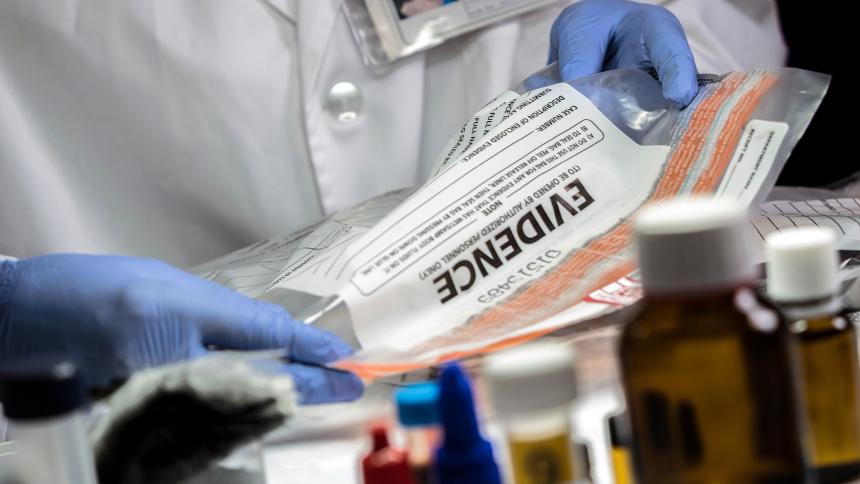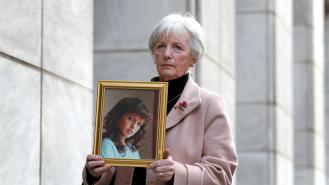
How to convict a killer without a body
Killed Without A Trace explores the huge task facing police forces and prosecutors across the UK as they try to get justice for families and prove a murder has happened without that vital piece of evidence – the body. The show starts Monday, 11th November at 9pm on Crime+Investigation.
Do you need to find a body to convict a killer? In short, no.
Although a murder charge without finding a body or remains can be hard, this doesn’t mean that a conviction is impossible, especially if there’s plenty of forensic evidence such as DNA, blood spatters and clothing fibres. Prosecutors can also use body language experts or eyewitnesses to catch a killer without a body.
There are several notable cases worldwide where a body hasn’t been found, yet a suspect has still been prosecuted. You’ve probably heard of 'corpus delicti' - meaning 'body of crime' in Latin. It means that a crime can't be proven if there isn’t a body. But increasingly, that’s no longer the case. Prosecutors rely more and more on circumstantial and forensic evidence to convict.
This article will explore how police can secure a conviction even if the victim’s body cannot be found. We will also delve into some past examples of this happening before.
A history of bodiless convictions
Believe it or not, an array of bodiless convictions can be seen dating as far back as the 1800s. These have helped enable current law enforcement to use techniques and explore other avenues to be able to prosecute.
A history of bodiless convictions has paved the way for successful prosecutions of murder cases in which a body could not be found. Although times have changed exponentially since then, many points and strong evidence remain the same.
What about today? There are a high number of no-body arrests. This is down to an increase in technology, DNA, or most recently a sophisticated digital trail – there are now dedicated teams that investigate a disappearance or murder by using the victim’s digital footprint to help guide them in the right direction. A strong trail of online posts, text messages and location tracking can help to create a strong enough case to convict.
Notable ‘no-body’ cases
From the disappearance of LA-based Evelyn Scott in May 1955 to more recent instances like the UK’s Laura Al-Shatanawi murder in 1994, many famous murderers have been convicted without a body. Here are a few names you might recognise…
Hassan Al Shatanawi
Laura May Al Shatanawi went missing in 1994, her husband Hassan claimed she had gone on holiday to Turkey. However, it turned out that Hassan Al Shatanawi had killed his wife and disposed of her remains in a garden shed. He paid workers £10 to burn the shed, but the workers instead sold it to a friend in Middlesbrough, this was how police found forensic evidence that the victim was there.
Even though Laura’s body has never been recovered, her husband was sentenced to life in prison.
Sidney and Tammy Moorer
As for the Heather Elvis case, technology was the one that secured the prosecution. Months before vanishing, 20-year-old Heather was having an affair with married man Sidney Moorer. After Moorer’s wife, Tammy, discovered the affair, Heather went missing.
Video footage, social media posts, and text messages led police to Sidney and Tammy Moorer. After multiple trials and three convictions, the couple were eventually sentenced to two 30-year sentences. Heather Elvis has still never been found.
Liam McAtasney
Sarah Stern went missing in December 2016, and while her body is yet to be recovered or found, a jury found 21-year-old Liam McAtasney guilty of first-degree murder for strangling his friend. Reports suggest McAtasney discarded Sarah's body by throwing it off a New Jersey bridge.
Even though investigators couldn’t find her body, they found her belongings at McAtasney’s home, plus, witness testimonies and taped conversations helped prosecutors secure a conviction.






